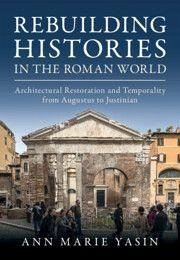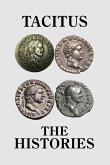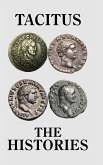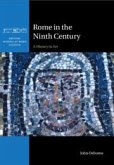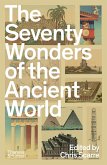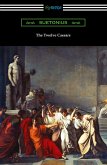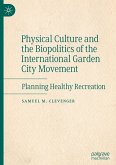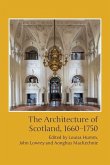In this book, Ann Marie Yasin reveals the savvy and subtle ways in which Roman and late Roman patrons across the Mediterranean modulated connections to the past and expectations for the future through their material investments in old architecture. Then as now, reactivation and modification of previously built structures required direct engagement with issues of tradition and novelty, longevity and ephemerality, security and precarity - in short, with how time is perceived in the built environment. The book argues that Roman patrons and audiences were keenly sensitive to all of these issues. It traces spatial and decorative configurations of rebuilt structures, including temples and churches, civic and entertainment buildings, roads and aqueducts, as well as the ways such projects were marked and celebrated through ritual and monumental text. In doing so, Yasin charts how local communities engaged with the time of their buildings at a material, experiential level over the course of the first six centuries CE.
Bitte wählen Sie Ihr Anliegen aus.
Rechnungen
Retourenschein anfordern
Bestellstatus
Storno

